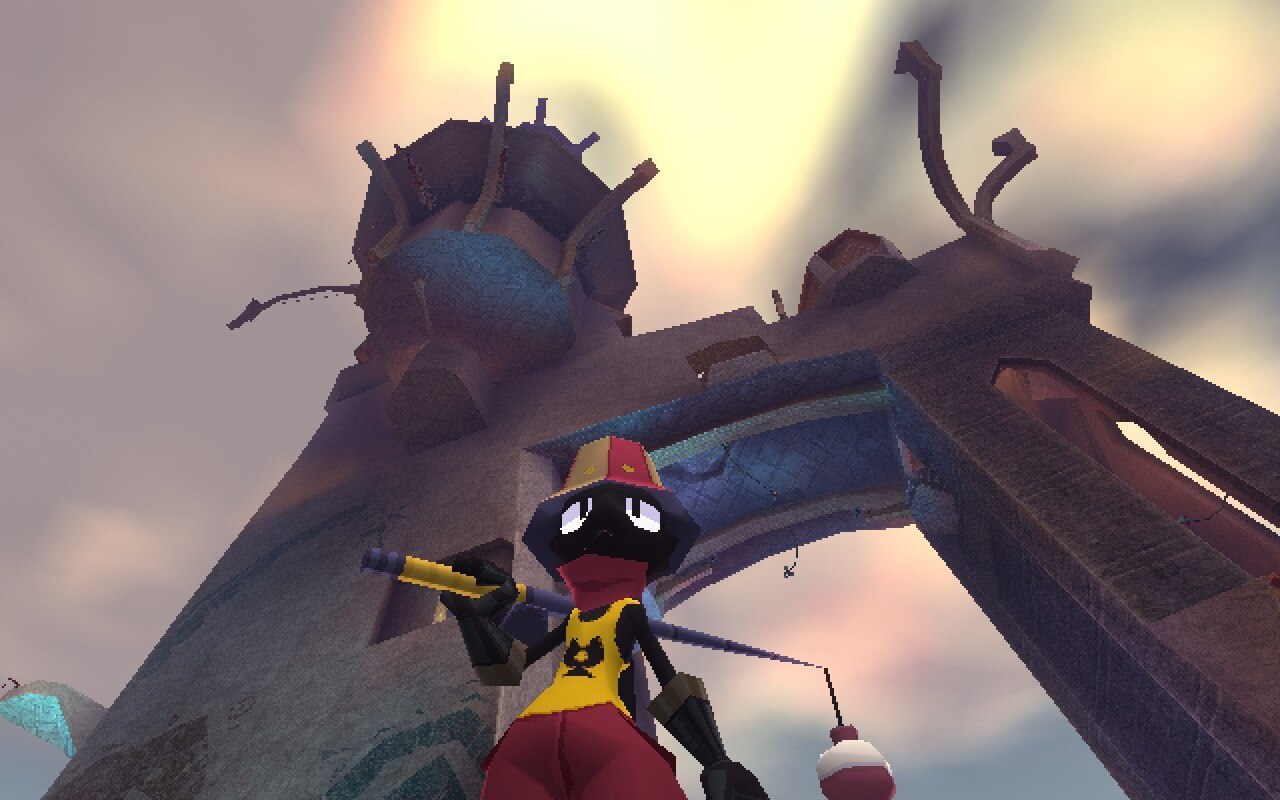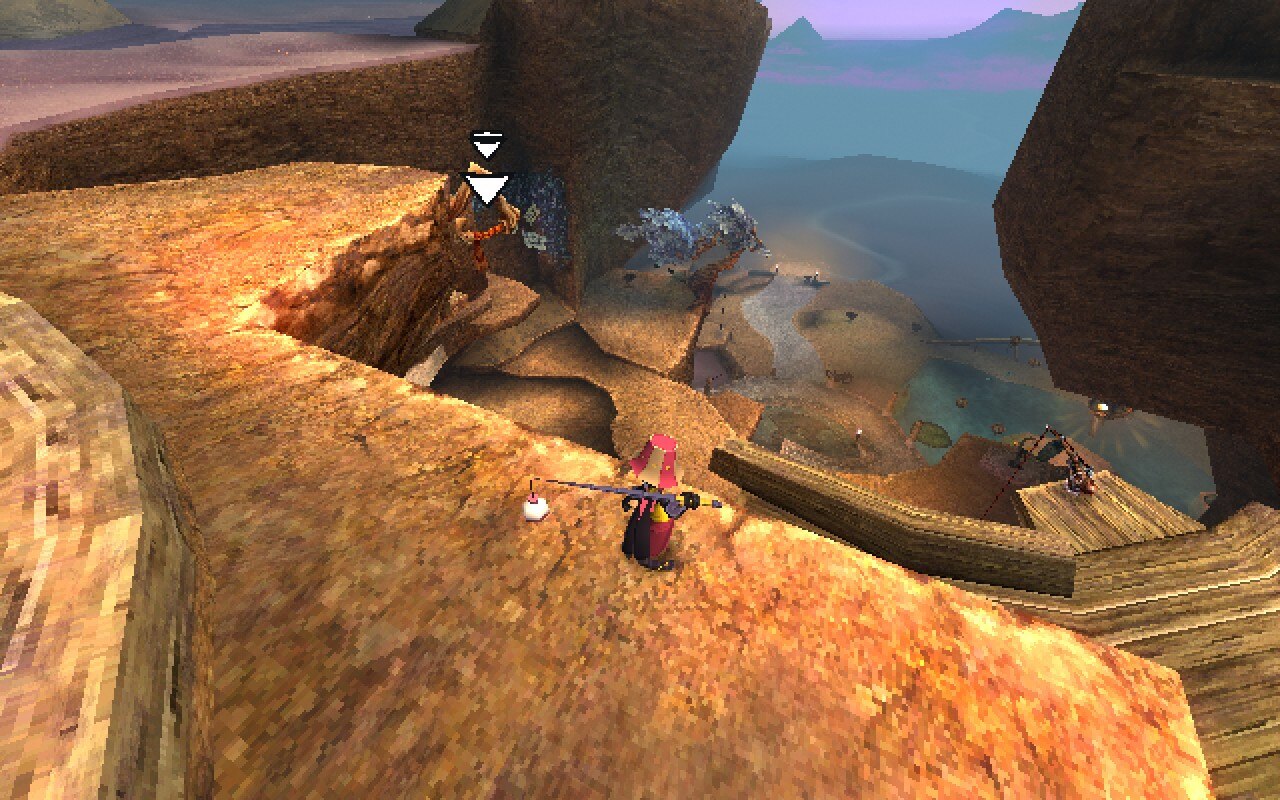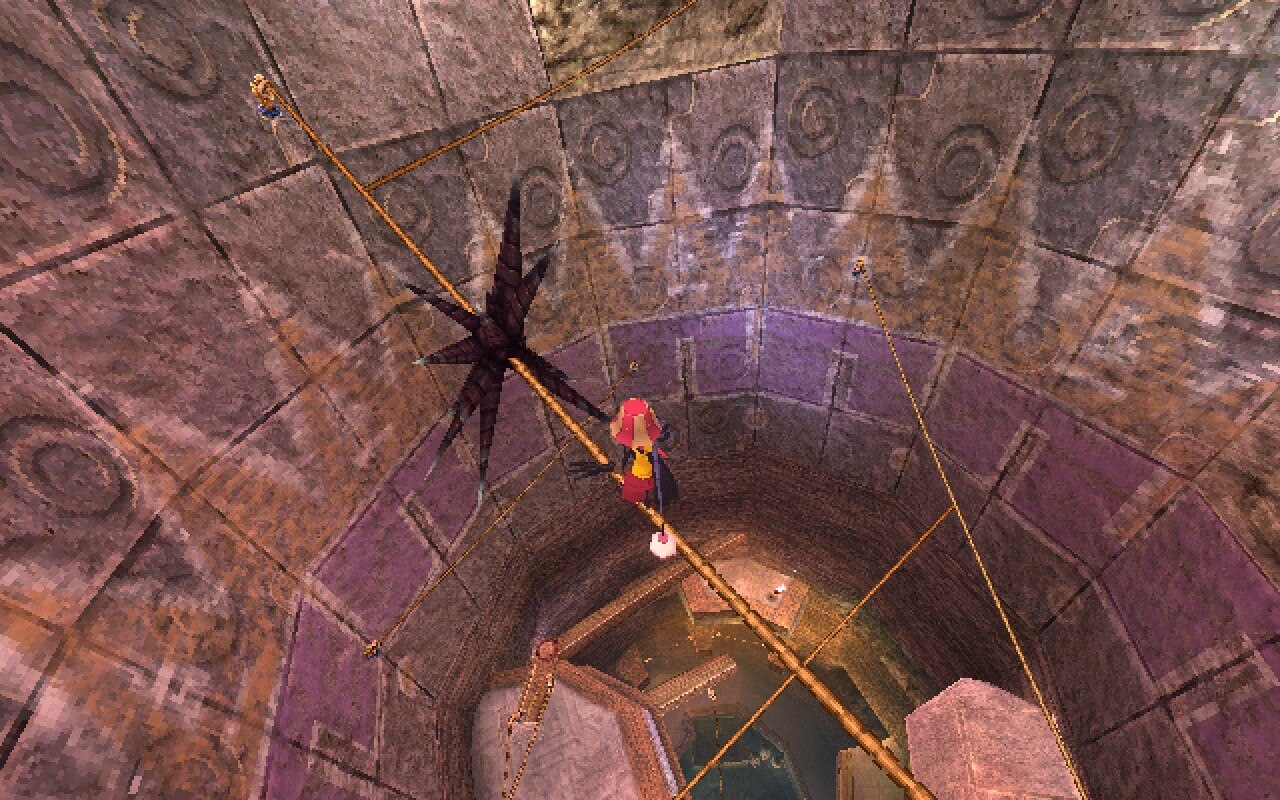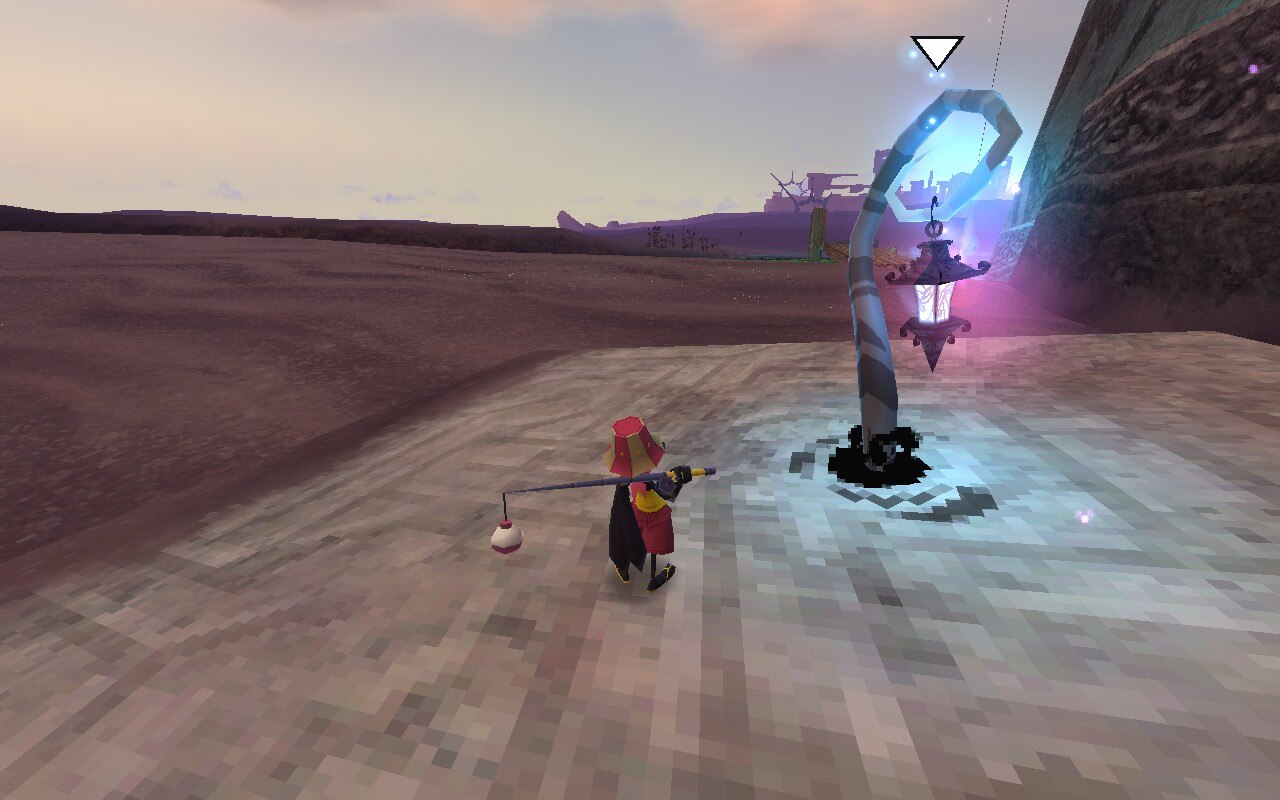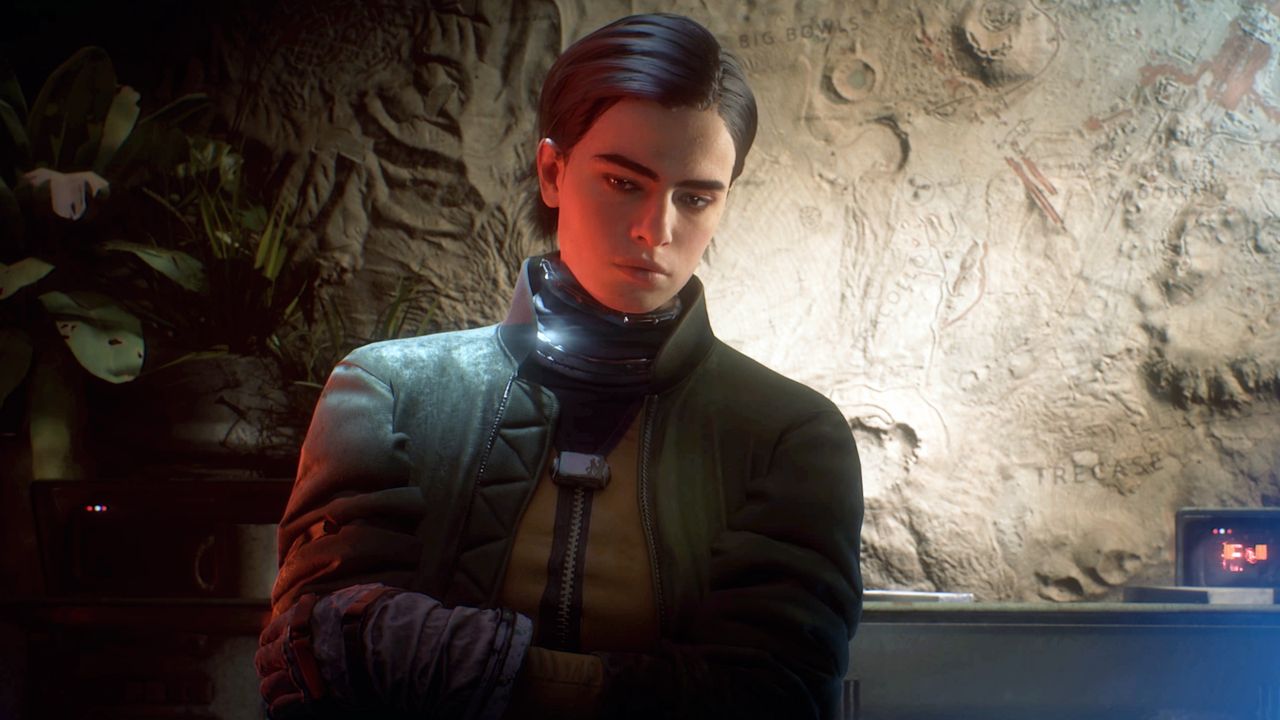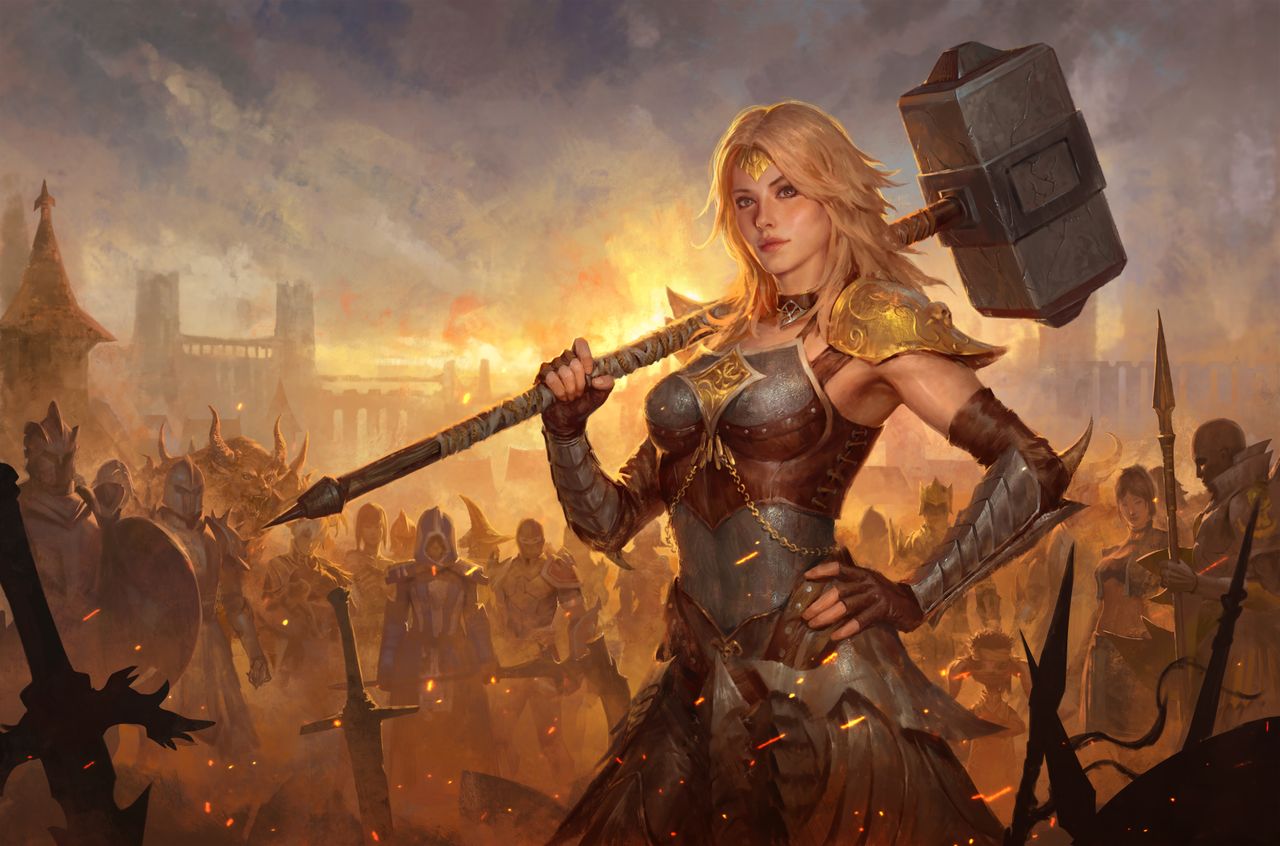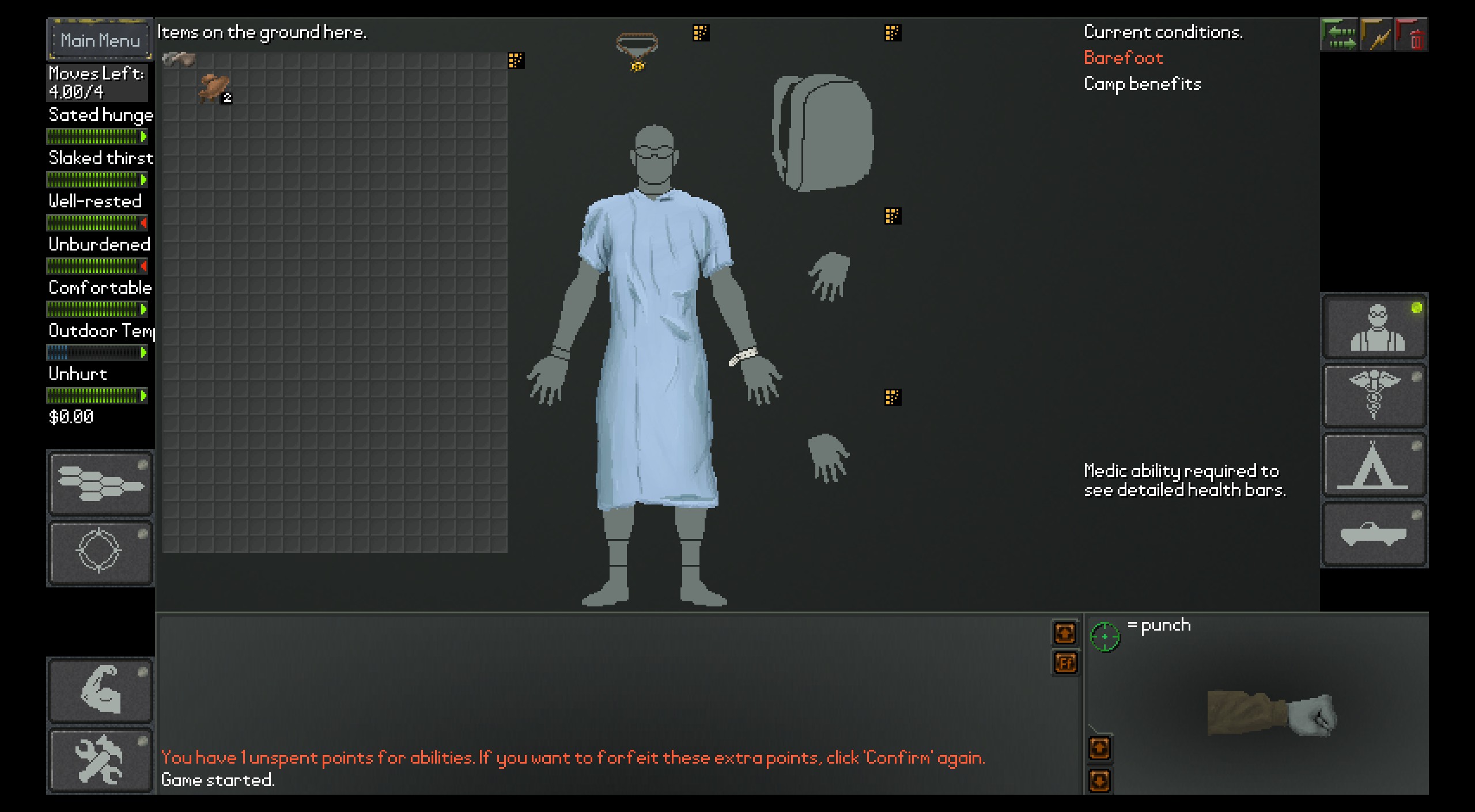The Big Catch: Tacklebox is the hardest 3D platformer I’ve ever played, 8+ hours long, and a free to play ‘prologue’ to a bigger, better game on the way

The Big Catch: Tacklebox is like Jak & Daxter if Jak grew some chest hair instead of that awful green goatee. It’s Spyro the Dragon for people who know how to wavedash. At times, it is also Getting Over It With Bennett Foddy as a 3D platformer. The Big Catch: Tacklebox can feel aggravating, sometimes even mean, but it’s also a genuinely superb, innovative 3D platformer. I’ve heard it takes north of eight hours to beat, and it’s just the demo for the real game on the way. I’m probably going to play more of it after work.
In The Big Catch: Tacklebox, you play as Tackle, a charmingly animated little rabbit bird-type guy wearing a bucket hat who would have been right at home starring in a circa-2001 Mario killer on the Sony PlayStation 2. One thing that really stands out immediately is how well Tacklebox nails multiple retro aesthetics: The menus, music, and sound effects all scream PS2, with the title drop at the beginning punching below the nostalgia belt in how perfectly it evokes the one from the original Jak & Daxter. Its graphics menu, meanwhile, lets you choose between sixth console generation creamy smoothness, PS1-style dithering and texture warping, or something in-between. To avoid frame drops on my Steam Deck, I found the “Modern Half” or “Retro” rendering options gave the most consistent output.

Watch On
Even more distinct is Tackle’s moveset, which genuinely iterates on classic platformer fare: It’s got a bit more Prince of Persia groundedness and parkour, but with a huge variety of options and an emphasis on comboing them together. Tackle can wall run, wall jump, grind on railings like he’s got an invisible skateboard, slide kick into a long jump via three-button combo, as well as use his fishing pole to hook and throw objects, swing and grapple to points in the environment, and, well, fish.
You’re paradoxically a fisherman in the desert, but there’s still plenty of catch around. They’re your top-line, Mario star, collectathon McGuffins in this game, and they hate your guts. They’ll lead you on a merry chase—remember those hooded guys who’d run away from you in Spyro? These fish have to be bonked on the head before you can hook and reel them in, and Tacklebox takes the idea to some absolutely evil places. More on this later.
Instead of discrete levels, Tacklebox takes a page from the fantastic Mario: Bowser’s Fury: Its levels all coexist in the same seamless open world, and a big part of the game’s magic is approaching a landmark from far away and realizing what a dense, refined bit of design it actually is. Of Tacklebox’s many levels, I sunk three hours into two and came away seriously impressed—with some caveats. This game is hard.
Hardcore to the mega
Tacklebox can be a bit of a “what the hell am I supposed to do” game, and also goes from zero to 60 in terms of the mastery of its various movement options it demands—to be clear, I think that rocks. In the first level I went to, it took me a good few minutes of experimentation to realize I had to approach a grappling launch point just so to get past a low wall—this after circumnavigating the whole level looking for a more obvious way in, thinking I’d approached it from the wrong direction. What followed was a gauntlet of similar grapple points requiring a dash jump combo head start into a series of midair direction changes. It felt like the sort of challenge that should come at the end of one of these games, and it felt fantastic to pull off.
Revisiting old mainstays of the genre, the 3D platformers of my youth are often easier and more simplistic than I remember. The Big Catch is looking to give this style of game the same treatment Shovel Knight or Pizza Tower offered to 2D platformers—what if they never stopped making these types of games and they got really clever and difficult—but Tacklebox could stand to be more forgiving.
I will likely see the tower in my dreams. My second stop was one of the plateau’s most distinctive landmarks, a striking tower rising out of a cavernous lake. My path to the top began underwater, swimming down then up into the tower’s interior before going through a sequence of intensive acrobatic skill checks: Wall running, wall jumping, grappling, wall running into wall jumping, all weaving in and out of the tower with Tacklebox’s open world sprawling below.
The tower rules, but it also has one lonely, meager checkpoint shortcut about a quarter of the way up. Tacklebox has no fall damage, you see, and absent little Souls-y shortcut ropes you can deploy, falling from later on in Tacklebox’s sheer vertical levels means getting a gravitational tour of everything you’re about to have to redo—hence the Getting Over It comparison. I’m of two minds here: I love hard games. I scoffed when Promised Consort Radahn got nerfed in Elden Ring, and Tacklebox’s stakes make everything feel very intense, particularly the feeling of accomplishment when I overcome its more difficult challenges.
On the other hand: You know how platformers are. Sometimes there’s just one bullshit jump right at the end of a cavalcade of bullshit jumps. In Tacklebox, beefing that last one sends you all the way back to the beginning of a section or even a whole level, and schlepping all the way through the parts you’re already intimately familiar with for the umpteenth time can get real old.
I encountered my Waterloo at the last bit of the tower, a sequence built around tightrope walking and a mechanic where successive, well-timed jumps on those ropes launch you higher into the air. The final test required one such well-timed, well-aimed bounce jump into a wall run then a wall jump onto a distant ledge. My partner looked on concerned that night as I muttered and grumbled, falling all the way back to the beginning after flubbing that last jump (and other ones I thought I had down but got sloppy on) more times than I could count—I finally got it on my lunch break before writing this. I turned to YouTube, as I often do in times of gaming hardship, searching for how other people made it. I was gratified to see in one of the only longplays I could find that the player, Bobtron, struggled even more than I did, and clocked a total of three hours on the tower level alone. Tellingly, there aren’t a ton of longplays of Tacklebox on the old Tube, but there are already a bunch of speedruns.
More checkpoints would certainly help, but I don’t think I’ve ever played a game that cried out more for a Sands of Time-style do-over rewind mechanic—even as a potential lower difficulty option, I think it’d mesh perfectly with the game’s flow. Part of The Big Catch’s charm is absolutely its harder than hardcore sensibility—”movement tech-core” perhaps? But while it nails the “high ceiling” part of great game difficulty, I think a lower floor—however developer Filet Group manages it—could smooth out the experience.
I said I’d get back to the evil fish, and yeah: There’s one at the top of the tower. It jumps off the second you approach, and you have to follow. The incredible troll was only compounded by the fact that this particular fish can attack you when cornered, and I actually died to it, requiring one final trip up to the top. I gotta say though: A lot of those repeated, furtive climbs up the tower wore on my nerves, but this last one was the result of such a great bit, I was smiling.
I’m hooked on The Big Catch, and it remains mind boggling that this effectively full-length game is just a free “prequel” to another on the way. That takes moxie, and it’s a tacit promise that the full Big Catch experience is going to be something special. You can wishlist that upcoming game, and check out Tacklebox yourself over on Steam.

